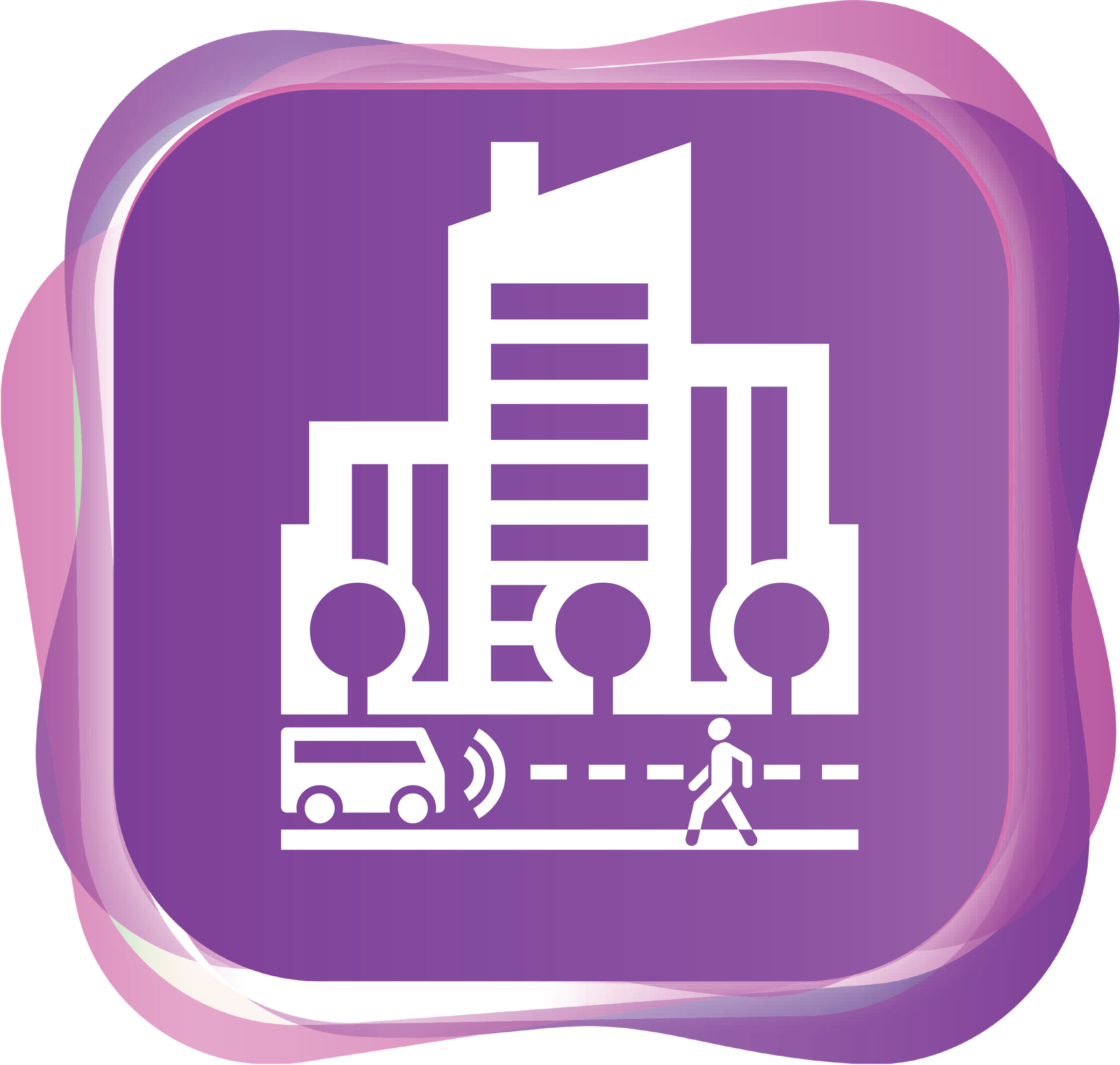 |
CCAI9009 Artificial Intelligence
|
Course Description
In the near future, artificial general intelligence will likely combine with vast networks of sensors and robotics to create urban systems that don’t just respond to us but think and act on their own. This course explores how such technologies are already beginning to reshape cities, and how we might understand the “future city” not as a sudden transformation, but as something that arrives gradually, in waves. Using tools from history, geography, and urban theory, we examine how cities change through both technological innovation and social response. We also explore how these changes happen unevenly across space and time — so unevenly, in fact, that traveling between cities can sometimes feel like traveling through time.
The course begins with a short history of how technology spreads through urban systems. It then investigates how artificial intelligence is likely to transform employment in cities— which jobs might disappear, which ones might emerge, and how cities will be affected differently. From there, we turn to the built environment and explore how truly ‘smart’ infrastructure might change our ability to live, move, and interact with urban space. These changes might make the city cleaner and more livable, or more mechanistic and severe, depending on who you ask. Finally, the course considers how platforms, social media, and digital entertainment have reshaped how we connect with one another in the city and how we play. Throughout the course, students are encouraged to think boldly and to experiment outside of their home discipline. Assignments invite them to blend disciplines, build forecasts, and communicate compelling visions of today and tomorrow’s future city.

Course Learning Outcomes
On completing the course, students will be able to:
- Explain to a lay person what the status of urban technology development is across multiple domains, especially Al.
- Compare and contrast claims about the potential of urban technology with reality.
- Recognize spatial and temporal variation in the adoption of urban technology.
- Assess the net social benefits of a particular technology on‘ cities, including which constituencies will benefit more or less.
- Understand how technology is expressed by science fiction writers and other futurists, and leam how to express a personal vision of the future.
Offer Semester and Day of Teaching
First semester (Wed)
Study Load
| Activities | Number of hours |
| Lectures | 24 |
| Tutorials | 12 |
| Reading / Self-study | 24 |
| Assessment: Essay / Report writing | 18 |
| Assessment: Project | 36 |
| Assessment: In-class test (incl preparation) | 6 |
| Total: | 120 |
Assessment: 100% coursework
| Assessment Tasks | Weighting |
| Quiz | 25 |
| Tutorial participation | 12.5 |
| Website/blog and learning reflection | 12.5 |
| Project | 50 |
Required Reading
- Abbott, C. (2007). Cyberpunk Cities: Science Fiction Meets Urban Theory. Journal of Planning Education and Research, 27(2), 122- 131. From https://doi.org/10.1177/0739456X07305795
- Adler, P., & Flor ida, R. (2020). Geography as strategy: The changing geography of corporate headquarters in post-industrial capitalism. Regional Studies, 54(5), 610- 620. From https://doi.org/10.1080/00343404.2019.1634803
- Batty, M., Axh ausen, K. W., Giannotti, F., Pozdnoukhov, A., Bazzani, A., Wachowicz, M., Ouzounis, G., & Portugali, Y. (2012). Smart cities of the future. The European Physical Journal Special Topics, 214(1), 481- 518. https://doi.org/10.1140/epjst/e2012-01703-3
- Morrill, R., Gaile, G.L., & Thrall, G.I. (1988). Spatial Diffusion. Reprint. Edited by Grant Ian Thrall. WVU Research Repository, 2020.
- Ranzini, G., Rosenbaum, J. E., & Tybur, J. M. (2022). Assor tative (online) dating: Insights into partner choice from an experimental dating app. Computers in Human Behavior, 127, 107039. From https://doi.org/10.1016/j.chb.2021.107039
Other source materials:
- 12 Technologies that will shape future urban planning. From https://www.planetizen.com/news/2024/07/130328-12-technologies-will-shape-future-urban-planning
- AI in Science Fiction Graph. From https://x.com/krishl1anrohitistatus/1770012082190389602/photo/I
- Cities and Technological Waves. From https://papers.ssm.com/sol3/papers.cfm?abstract_id=4026659
- Local Governments and Generative AI. From https://www.wired.com/story/local-govemments-generative-ai/
Course Co-ordinator and Teacher(s)
| Course Co-ordinator | Contact |
| Professor P.J. Adler Department of Geography, Faculty of Social Sciences |
Tel: 3917 7460 Email: adler@hku.hk |
| Teacher(s) | Contact |
| Professor P.J. Adler Department of Geography, Faculty of Social Sciences |
Tel: 3917 7460 Email: adler@hku.hk |

